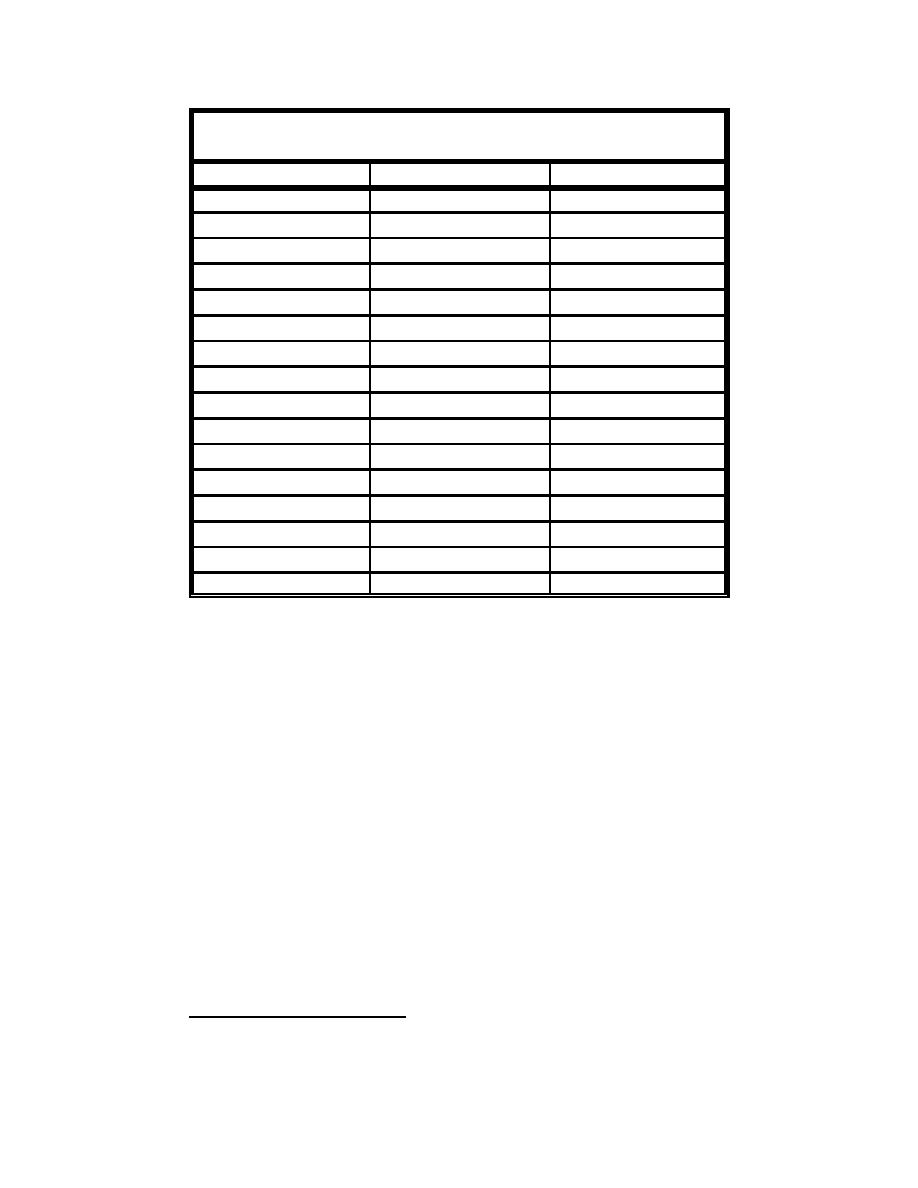 |
||
|
|
||
|
Page Title:
Extratropical storm event selection |
||
| |||||||||||||||
|
|
 Table G1
Tropical Events Impacting Mud Dump Site
HURDAT Storm No.
Given Name
Date (month/day/year)
296
Not Named
9/22/1929
327
Not Named
8/17/1933
332
Not Named
9/8/1933
353
Not Named
8/29/1935
370
Not Named
9/8/1936
386
Not Named
9/10/1938
436
Not Named
9/9/1944
535
Carol
8/25/1954
541
Hazel
10/5/1954
545
Connie
8/3/1955
597
Donna
8/29/1960
657
Doria
9/8/1967
702
Doria
8/20/1971
712
Agnes
6/14/1972
748
Belle
8/6/1976
835
Gloria
9/16/1985
Extratropical storm event selection
Extratropical events occur at a much greater frequency than tropical events.
As a result, a shorter historical time period can be used to represent the range of
events that can be expected to impact a particular area. For the extratropical
event analysis, approximately 15 to 20 years of winter activity were determined
to contain an adequate representation of extratropical events1 for any area along
the east coast of the United States. The 16 winter seasons (September through
March) for the period of 1977-78, 1978-79, ... , 1992-93 were selected as the
time period for which the DRP extratropical storm database was generated. This
time period was selected because it corresponds to dates when the Navy wind-
field database containing the extratropical winds was available in an ADCIRC-
compatible format. The DRP database was then used as the basis for the extra-
tropical frequency analysis described in this appendix.
The DRP extratropical storm database was also constructed by using the
ADCIRC numerical hydrodynamic model to simulate all 16 winter seasons over
the entire computational domain shown in Figure G1. The U.S. Navy's windfield
1
Personal Communication, 1994, L. E. Borgman, Professor, University of Wyoming, Laramie,
WY.
G10
Appendix G Procedures for Conducting Frequency-of-Erosion Studies
|
|
Privacy Statement - Press Release - Copyright Information. - Contact Us - Support Integrated Publishing |